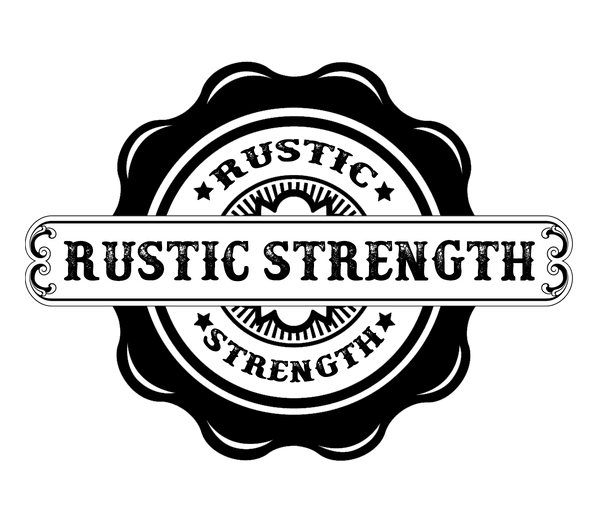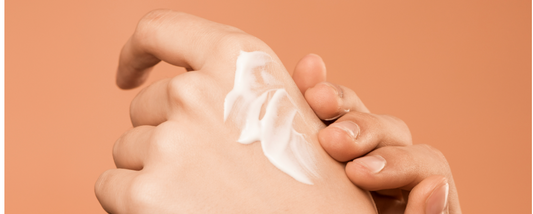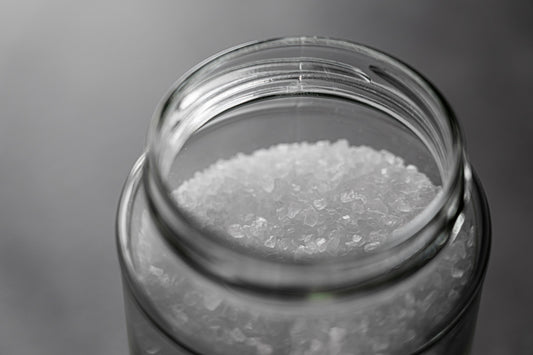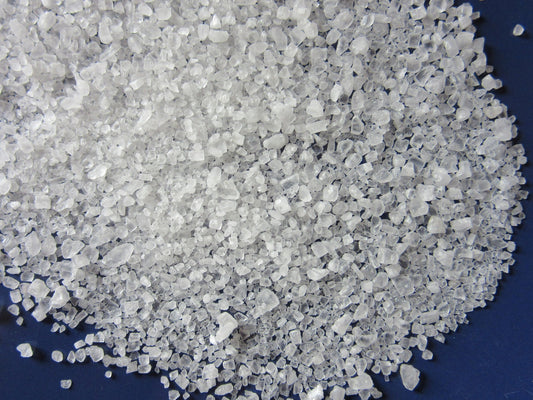Plant-based – No
Skin Irritant - Mild
Environment Hazard – Relatively Low
Biodegradable – Yes
CAS – 26590-05-6
2-Propen-1-aminium, N,N-dimethyl-N-2-propenyl-, chloride, polymer with2-propenamide
What is Polyquaternium 7
Polyquaternium-7 is a cationic copolymer used as a conditioning agent, antistatic, and film former in a wide variety of cosmetics. It is one of the most widely used conditioning polymers for personal care items. In chemistry terms, “PQ-7 is the polymeric quaternary ammonium salt derived from the copolymerization of acrylamide (AM) and DADMAC monomers” according to Cosmetics and Toiletries.
WHOA, science! Let’s break it down. Acrylamide (AM) can be made of petrochemical feedstock derived from natural gas. Diallyldimethylammonium chloride (DADMAC) is a quaternary ammonium salt with high density charge. There are a whole lot of chemical reactions that go on after the copolymerization of these two chemicals. The important thing to take away from this reaction is that <1ppm of AM is left over in the formula.
Why do we use Polyquaternium 7
Rustic Strength uses polyquaternium in a wide variety of hair and skin products because of its antistatic and skin conditioning effects. A study written in the International Journal of Cosmetic Science, said that the polyquaternium – 7 along with other cationic polymers, “improved the overall performance of the shampoo formulations.” In our shampoo, one of the main focuses was combability after a washing and conditioning the hair. In our body wash, it was how the lather felt on the skin and how the skin felt after application.
Is Polyquaternium 7 safe to use? Is it nontoxic?
According to the International Journal Of Toxicology, polyquaternium – 7 is not mutagenic, not likely to be absorbed in the skin, unlikely to produce general toxicity, developmental toxicity or mutagenic/carcinogenic effects. Polyquaternium-7 has been recognized as safe by the EPA and CIR (Cosmetic Ingredient Review). The EWG gives a score of 1 - 5 to this ingredient because it is a synthetic polymer and contamination concerns (AM). We have verified with our suppliers that there is < 1 ppm in the product (basically it is undetectable). The substance is not banned in EU or Canada.
But wait! I have read that Polyquaternium is a formaldehyde releaser!
There are certain types of polyquaternium that can be formaldehyde releasers. One in particular is polyquaternium-15. For the purpose of this article, let’s only look at polyquaternium-7 (PQ-7). There are 2 types of preservatives that can be put into the raw material to protect it from bacteria before being transported for use. One is a paraben and the other is sodium benzoate. The PQ-7 that is preserved with the paraben also will contain more impurities like AM or DADMAC. The PQ-7 that is preserved with the paraben will be a formaldehyde releaser over time due to this preservative. The use of sodium benzoate, the pH levels, and high molecular weight help ensure that this type of PQ-7 will not release formaldehydes. The PQ-7 normally used in cosmetic or personal care formulations is preserved with sodium benzoate.
In Summary
Rustic Strength uses polyquaternium – 7 in its hair and skin care because of its antistatic and skin conditioning effects. It has a low toxicity rate because the AM is less than 1 ppm. It is recognized as a safe product to use in cosmetics by the EPA, EU, and Canada.

If you have any questions regarding this or any other ingredients we use feel free to reach out to our email: customercare@rusticstrength.com. We would be more than happy to answer your questions.
We invite you to do your own research!
Scientific journals and articles are the foundation of evidence-based decisions at Rustic Strength. Blogs can provide helpful information. However, if it can not cite scientific articles, its claims stand on little.
Antistatic - https://journals.sagepub.com/doi/10.3109/10915819509010307
Cosmetics and Toiletries. - https://www.cosmeticsandtoiletries.com/cosmetic-ingredients/moisturizing/article/21834696/ingredient-profilepolyquaternium-7
EU - https://cosmileeurope.eu/inci/detail/12438/polyquaternium-7/
Toxicology - https://journals.sagepub.com/doi/10.3109/10915819509010307
Cosmetic Science - https://europepmc.org/article/med/18503458
EPA - https://www.epa.gov/saferchoice/safer-ingredients#searchList (search CAS RN 9005-64-5)
CIR – https://online.personalcarecouncil.org/ctfa-static/online/lists/cir-pdfs/pr21.pdf
EWG - https://www.ewg.org/skindeep/ingredients/705124-POLYQUATERNIUM7/
EU - https://echa.europa.eu/substance-information/-/substanceinfo/100.105.528
Paraben - https://onlinelibrary.wiley.com/doi/pdf/10.1111/iwj.13521
sodium benzoate - https://www.cosmeticsandtoiletries.com/cosmetic-ingredients/moisturizing/article/21834696/ingredient-profilepolyquaternium-7
Other useful articles -
https://www.ncbi.nlm.nih.gov/pmc/articles/PMC5152996/
https://core.ac.uk/download/pdf/12939269.pdf





